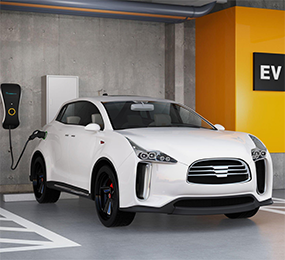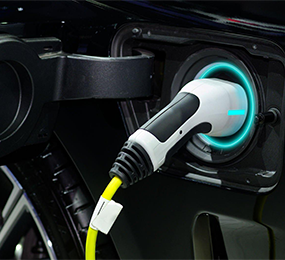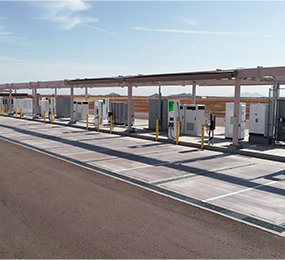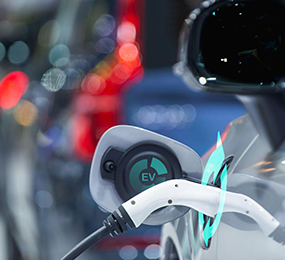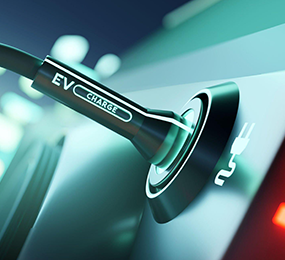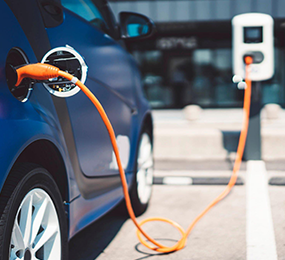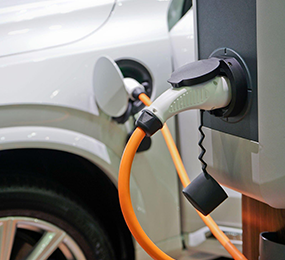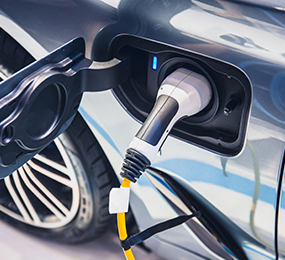Vehicle to Building (V2B) and Vehicle to Home (V2H)
Applications and advantages of vehicle-to-home (V2H) and vehicle-to-building (V2B).
Interest in V2B technology has grown in recent years, and the method might be widely adopted in the next years. This approach combines V2H and V2G and offers significant benefits to both electric car users and building owners, in this example, business buildings. Both parties can save money on energy costs, especially in office buildings where workers' arrival and departure times are widely known and their vehicles are often kept for the whole of the working day.
The method entails using EVs as rolling storage, which allows for the introduction of a large amount of electrical storage into the grid network with no extra expenditure and with the added benefit of giving both flexibility and mobility. Because EVs may be used as workplace shared cars, EV owners or users charge their batteries while the car is stored at their residences (usually at night), and this energy is then used in the building during working hours or transmitted to the grid.
Economically, energy consumption is shifted from low-cost to more costly hours, cutting prices. This technology may assist hospitals, universities, hotels, office buildings, retail malls, and sports centers, among others, and it can also sustain important loads in buildings such as data servers, computers, emergency lights, water pumps, elevators, and so on. In an emergency, such as a power outage, or send the energy to the grid, enhancing the resilience of both the building and the entire grid system.
The energy consumption for the building is determined first, and then the battery charging and discharging model is utilized with the fixed parameters.
Because the Vehicle to Home (V2H) and Vehicle to Building (V2B) use cases are so similar, we'll examine them together in this stage. In truth, they are equivalent from a technical standpoint, yet both phrases are utilized in the business.
In these circumstances, the V2G charge-point connects behind an existing home's (V2H) or building's meter (V2B). This implies that electricity from the power grid passes via the electricity meter before entering the building or the V2G charge-point. When the EV discharges via the V2G charge-point, electricity flows into the building but does not pass through the meter and onto the larger power grid. For numerous reasons, a system might be configured in this manner rather than the configuration seen in the V2G use case.
For starters, there is enough electrical demand in the building to use all of the energy exported by the EV.
Second, the grid connection to the meter inhibits any electrical export from the location (or perhaps simply prevents payment for any energy exported). The physical setup of the system is identical to that of the V2G use case, with the difference that the control system or energy meter limits energy export to the larger grid.
Visit our website to know more: https://bit.ly/3W0umUp
For more information and group participation, contact us: [email protected]
Leadvent Group - Industry Leading Events for Business Leaders!


